
Forget Calcium — Doctors Say This Is the #1 Exercise for the Strongest Bones
Forget Calcium — Doctors Say This Is the #1 Exercise for the Strongest Bones
You’ve probably heard that calcium is the cornerstone of strong bones — maybe you even take a daily supplement. But what if the real secret to bone strength wasn’t in your diet at all, but in the way you move?
While strength training builds muscle and walking boosts endurance, your bones require something far more specific — impact. And according to leading orthopedic specialists, one simple movement might be the most powerful exercise for preserving bone density as you age: the drop jump.
Sound surprising? Here’s why this overlooked move could be the key to keeping your skeleton youthful, resilient, and fracture-free for life.

🦴 Key Takeaways
-
Bone density naturally decreases with age, raising the risk of fractures and frailty.
-
Strength training builds muscle, but your bones need impact to grow stronger.
-
Drop jumps with a vertical rebound create the optimal ground reaction force to trigger new bone growth.
-
Your bones love variety — “surprising” them with new stress helps them stay strong.
-
You don’t need a gym or fancy equipment — even a few minutes per week can make a measurable difference.
-
Safety comes first: proper form and progression are essential.
1. Why Bone Density Declines With Age — and Why It Matters
Starting around your mid-30s, bone density begins to decline quietly but steadily — about 1% per year for women (even more after menopause) and slightly less for men. This gradual thinning makes bones more fragile, increasing the risk of fractures from even minor falls or bumps.
By the time someone is diagnosed with osteopenia or osteoporosis, they’ve often lost years of density without realizing it. Strong bones aren’t just about avoiding breaks; they’re key to staying active, mobile, and independent well into your 70s, 80s, and beyond.
The good news? Just like muscles, bones can adapt and grow stronger when challenged properly.
2. How Bones Actually Get Stronger: The Science of “Good Stress”
Every time your foot strikes the ground, your bones feel a mechanical shock — known as ground reaction force. When this force crosses a certain threshold, your body interprets it as a signal to fortify the bone structure.
Think of it like sending a construction order to your skeleton: “Reinforce this area — it’s taking a lot of load!”
Research shows that to trigger this “building” signal, an activity must generate about three times your body weight in ground reaction force. That’s more than walking or running can deliver — which is why simply staying active, while beneficial, isn’t always enough to preserve bone density long term.
3. Why Most Common Exercises Fall Short
Let’s break it down:
| Activity | Ground Reaction Force | Bone-Building Effect |
|---|---|---|
| Walking | ~1.5x body weight | Maintains bone health, doesn’t rebuild |
| Running | ~2.5x body weight | Moderate bone stimulus |
| Jump Rope | Between walking & running | Better, but still below bone-growth threshold |
| Drop Jumps | 4x+ body weight | Optimal bone-building impact |
So while walking and running are fantastic for your heart and overall health, they don’t give your bones the “shock” they need to grow stronger.
4. The #1 Bone-Building Move: Drop Jumps With Vertical Rebound
Orthopedic surgeon Dr. Joscelyn Wittstein calls the drop jump “the simplest, most effective bone-loading exercise for adults.”
Here’s how it works:
-
Stand on a low, stable surface — like the bottom step of your staircase (around 7–8 inches high).
-
Step off the edge (don’t jump forward), land softly with knees slightly bent.
-
As soon as your feet hit the ground, immediately spring upward in a small vertical jump.
-
Land softly again — that’s one repetition.
Each landing creates a brief but powerful pulse of force through your legs and hips, easily exceeding four times your body weight — enough to trigger new bone growth at the hips, femurs, and spine.
💡 Pro Tip: Start with 10 reps, two or three times a week. Over time, you can increase height or volume as your strength and confidence improve.
5. The Power of “Surprise” — Why Variety Matters
According to bone health researcher Dr. Emily Stein, bones respond best to what she calls “unpredictable stress.” When you do the same motion over and over (like walking the same path every day), bones stop adapting. But when the pattern changes — through varied movement or impact — they “wake up” and start rebuilding.
That means:
-
Vary your jumps (height, direction, timing).
-
Try different surfaces (soft mats, wood floors, outdoor ground).
-
Add playful, spontaneous movement — even dancing or skipping counts!
Bones are dynamic tissues. Keep them guessing, and they’ll keep strengthening.
6. How Much Jumping Is Enough?
Here’s some encouraging news: you don’t need to jump for hours.
Clinical studies have shown that performing just 30 drop jumps, three times per week, over six months can increase hip bone mineral density by roughly 1%.
That may sound small, but it’s actually a meaningful gain — equivalent to reversing several years of age-related bone loss. Even smaller doses of impact — a few minutes of jumps, hops, or heel drops daily — can help maintain existing density and improve balance and coordination.
7. Strength + Stability: The Injury-Prevention Equation
Bone growth is only one part of the equation — muscles and balance protect those bones. Before adding impact, make sure you have a solid base:
-
Strengthen your legs and core with squats, lunges, and planks.
-
Practice balance drills, like standing on one leg or gentle yoga poses.
-
Progress gradually — impact without control can do more harm than good.
If you’re new to exercise, work with a physical therapist or certified trainer who can ensure proper form and safety.
8. Safety First: How to Jump Without Injury
Your goal is to stimulate your bones, not stress your joints. Follow these safety tips:
✅ Start small: Begin with a single stair step (6–8 inches).
✅ Land softly: Knees slightly bent, hips back, core engaged.
✅ Wear supportive shoes with good cushioning.
✅ Avoid hard or slippery surfaces.
✅ Hold onto a wall or railing at first for balance.
✅ Stop if you feel pain, dizziness, or instability — check with your doctor before continuing.
If you have osteoporosis, arthritis, or joint replacements, always get clearance from your healthcare provider before trying impact exercises.
9. Supportive Habits for Strong Bones
Exercise is powerful — but bones thrive best with a holistic approach:
-
Get enough protein — essential for bone matrix and muscle repair.
-
Eat calcium-rich foods (leafy greens, sardines, yogurt) — supplements only when needed.
-
Prioritize vitamin D — sunlight or supplementation helps calcium absorption.
-
Avoid smoking and excess alcohol, both of which accelerate bone loss.
When combined with impact training, these habits form a lifelong bone-strengthening strategy.
10. The Bottom Line: It’s Never Too Late to Strengthen Your Skeleton
Building bone isn’t just for young athletes — your body has the ability to renew and strengthen bone tissue at any age, as long as you give it the right signals.
The simple act of stepping, landing, and rebounding — performed safely and consistently — can literally reshape your bones for the better.
So next time you think about supporting your bone health, remember:
-
Calcium feeds your bones.
-
Vitamin D protects them.
-
But movement — impact — is what truly builds them.
Your future self will thank you every time you take a confident, steady step.
News in the same category

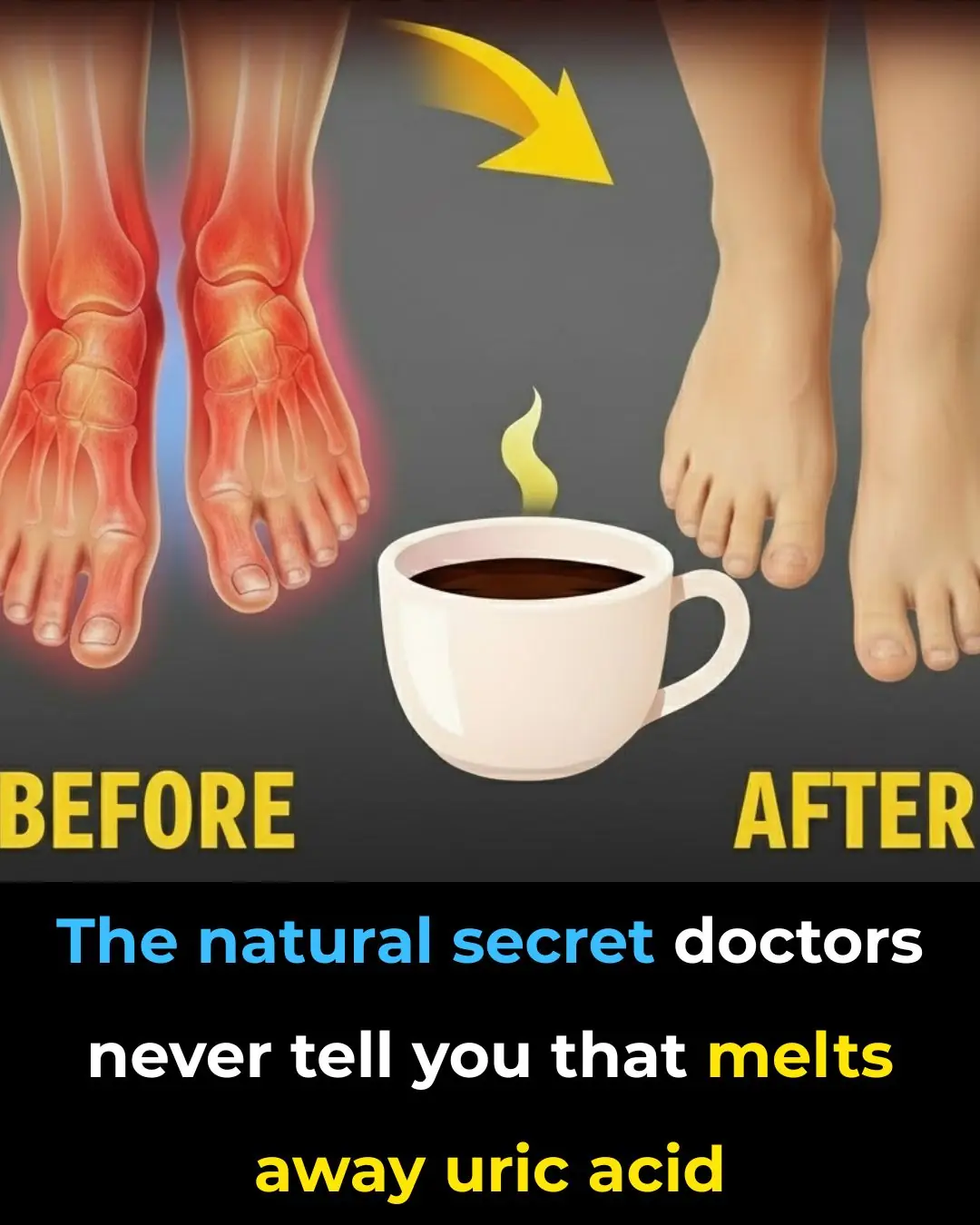
The Best Natural Gout Treatments: Remove Uric Acid Crystallization To Prevent Gout And Joint Pain
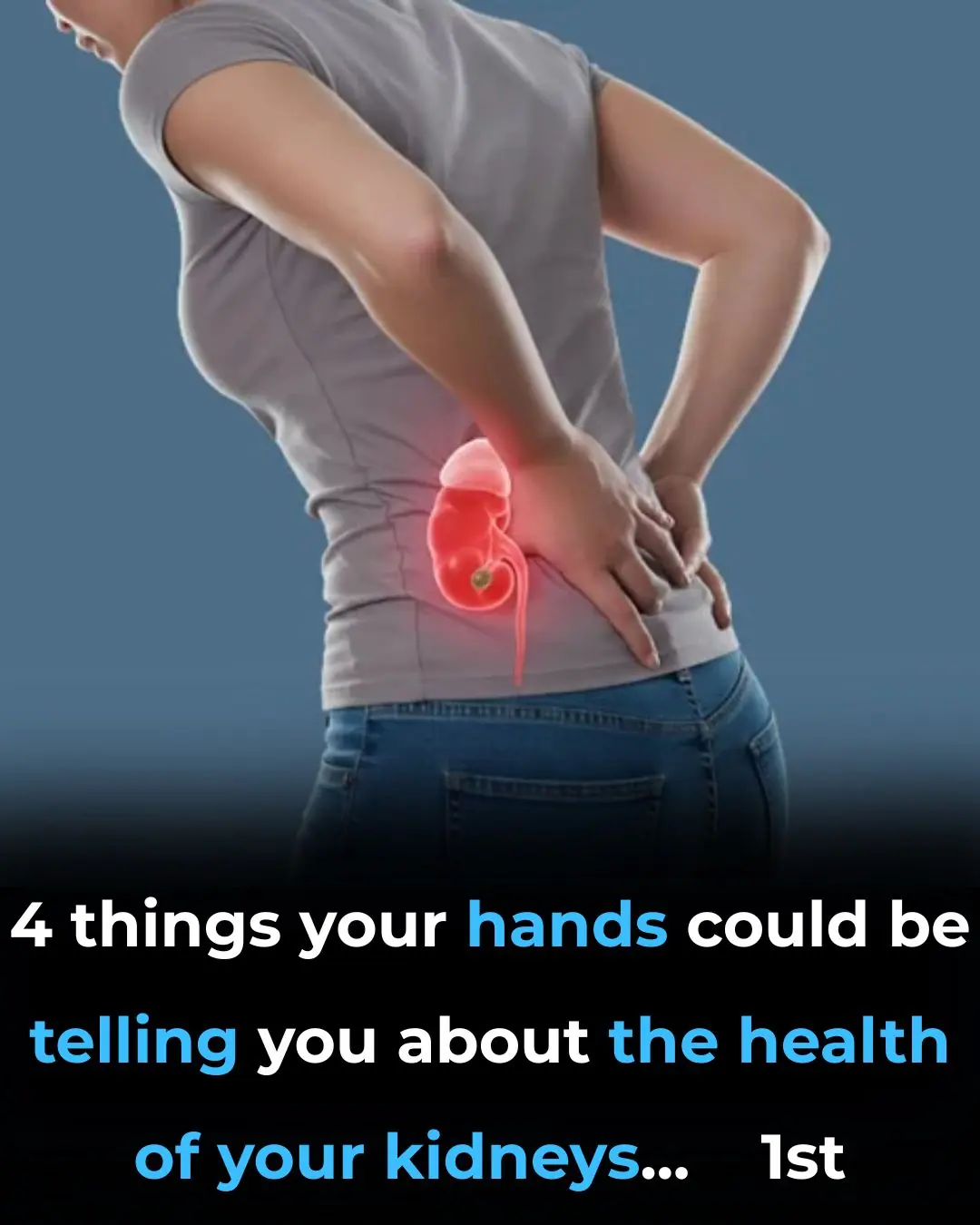
4 things your hands could be telling you about the health of your kidneys
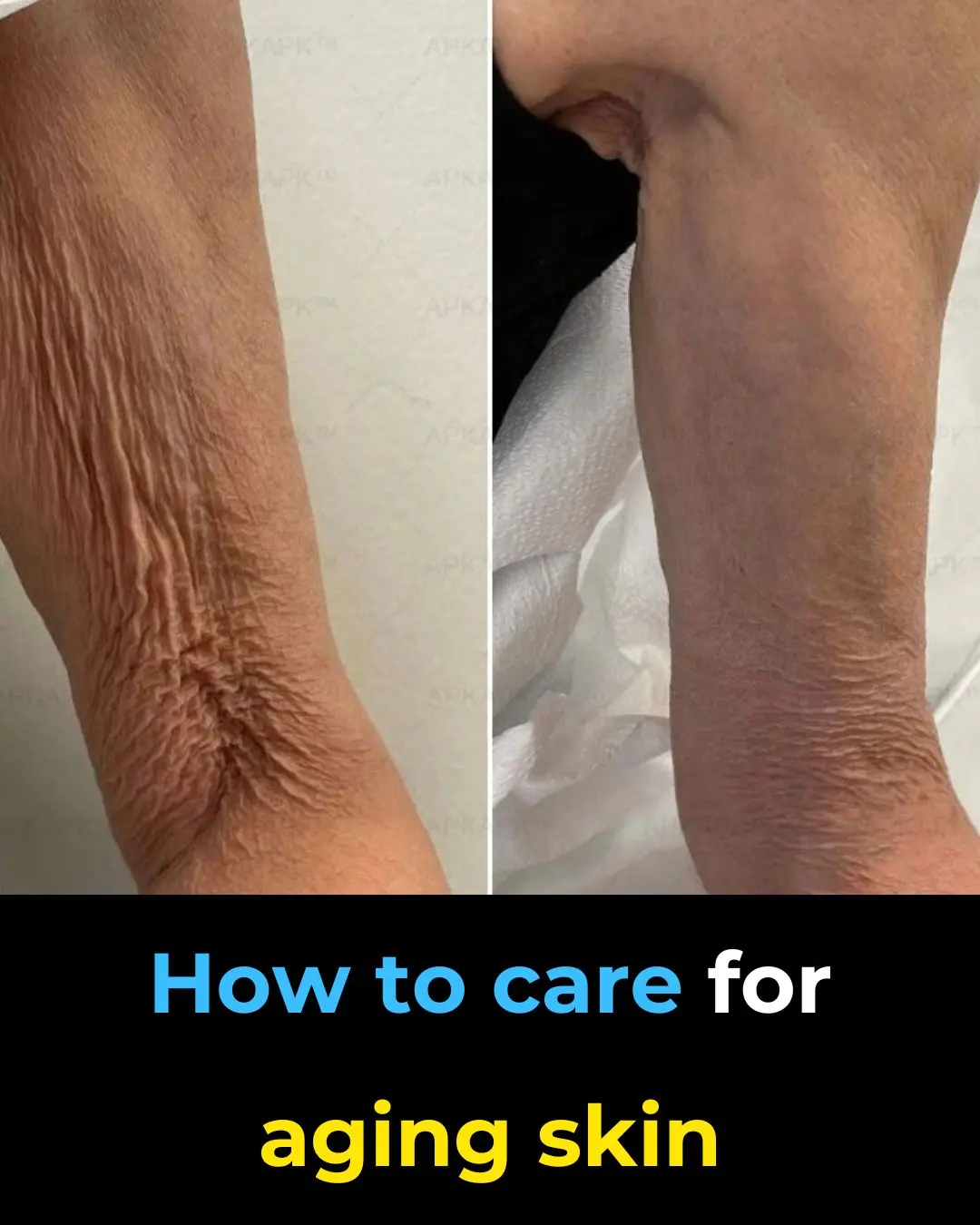
The Secret to Caring for Your Aging Skin – Gentle, Effective & Realistic

12 Amazing Benefits of Drinking Baking Soda Water Daily
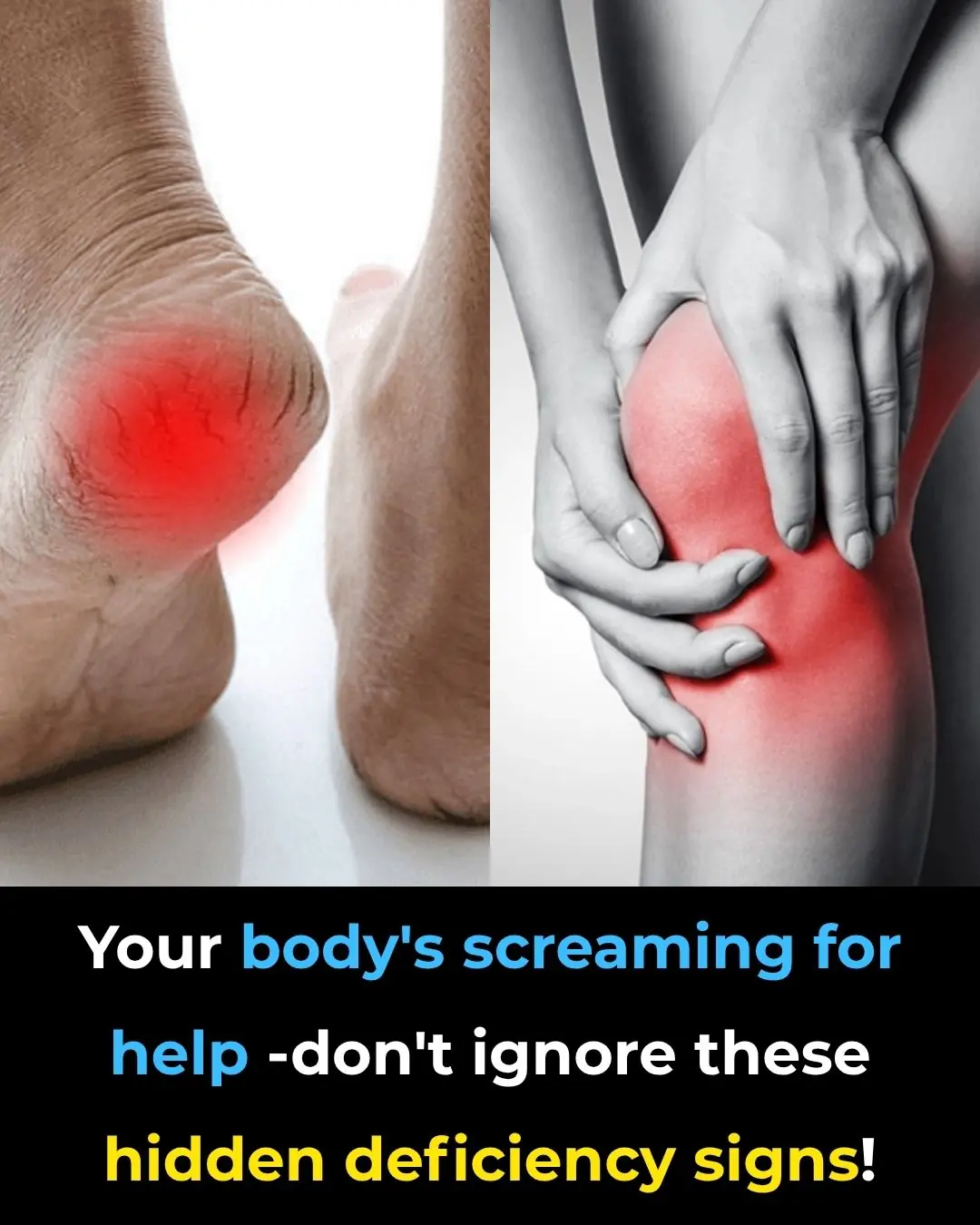
5 Deficiencies Almost Everyone Has (And Doesn’t Know About)
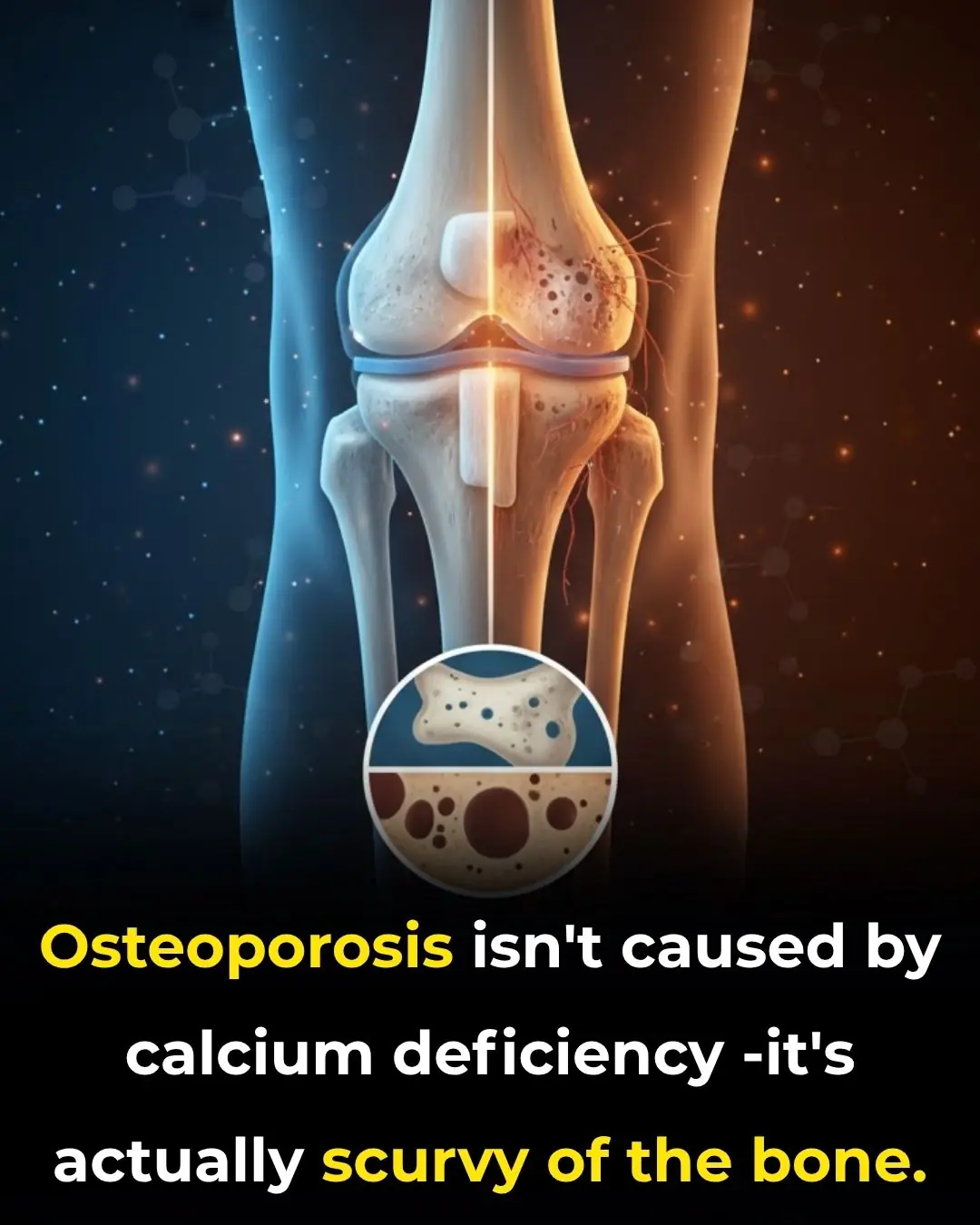
Osteoporosis Is Scurvy of the Bone, Not Calcium Deficiency

This olive oil fasting trick resets insulin resistance — and triggers deep cellular cleanup
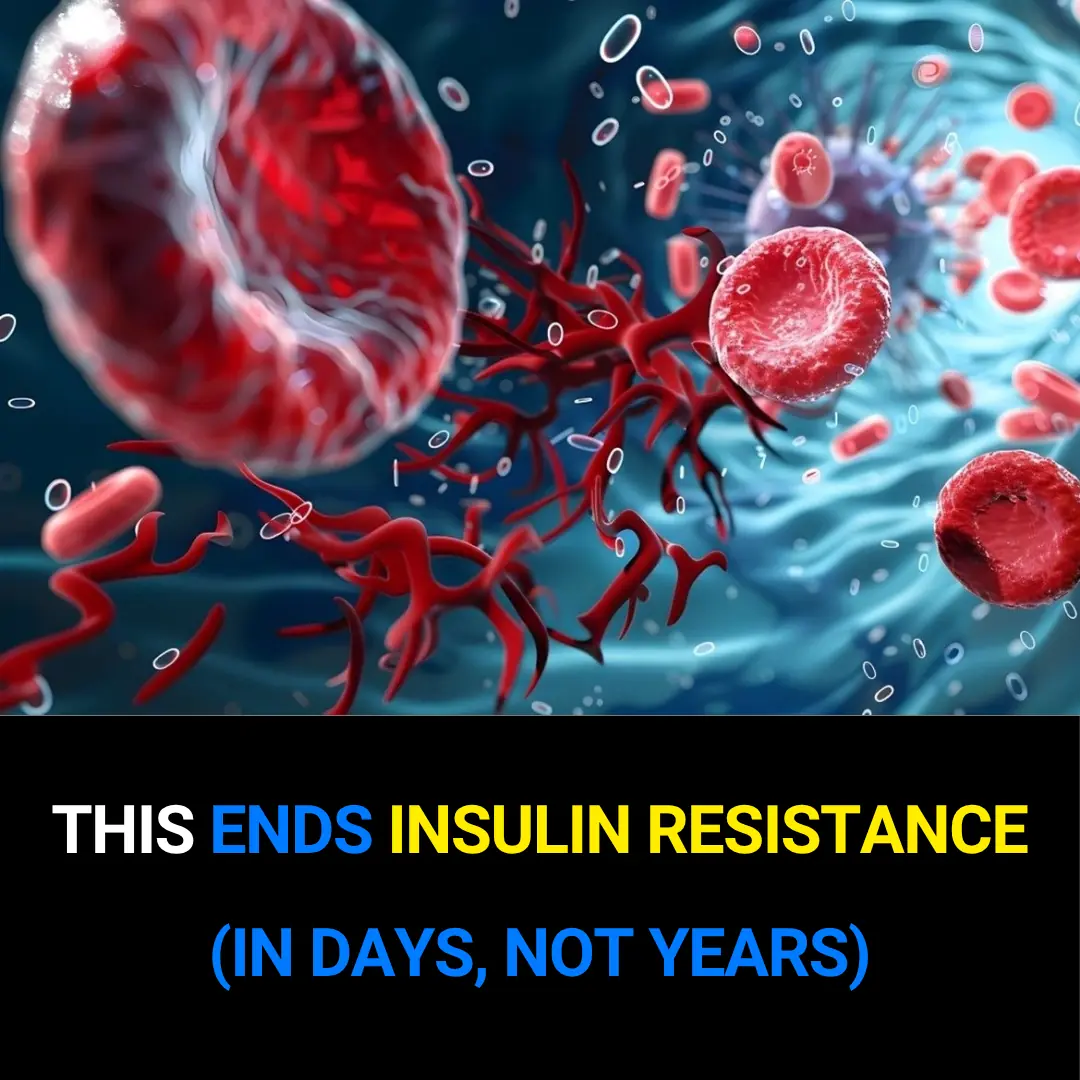
This Ends Insulin Resistance (in Days, Not Years)

7 Warning Signs of Diverticulitis Most Doctors Miss
![Are You Being Misled About What Your Blood Pressure Should Be? [READ THIS CAREFULLY]](https://onplusnewscom.8cache.com/onplusnewscom/images/2025/10/25/1761400387Ii4TCVIhQj.webp)
Are You Being Misled About What Your Blood Pressure Should Be? [READ THIS CAREFULLY]

Medicinal Health Benefits of Turmeric, Curcumin and Turmeric Tea Based on Science

The Best Foods to Cleanse and Prevent Clogged Arteries

Capsaicin Stops Heart Attacks And Destroys Cancer Cells

17 Signs Your Body Is Too Acidic And 9 Ways To Quickly Alkalize It
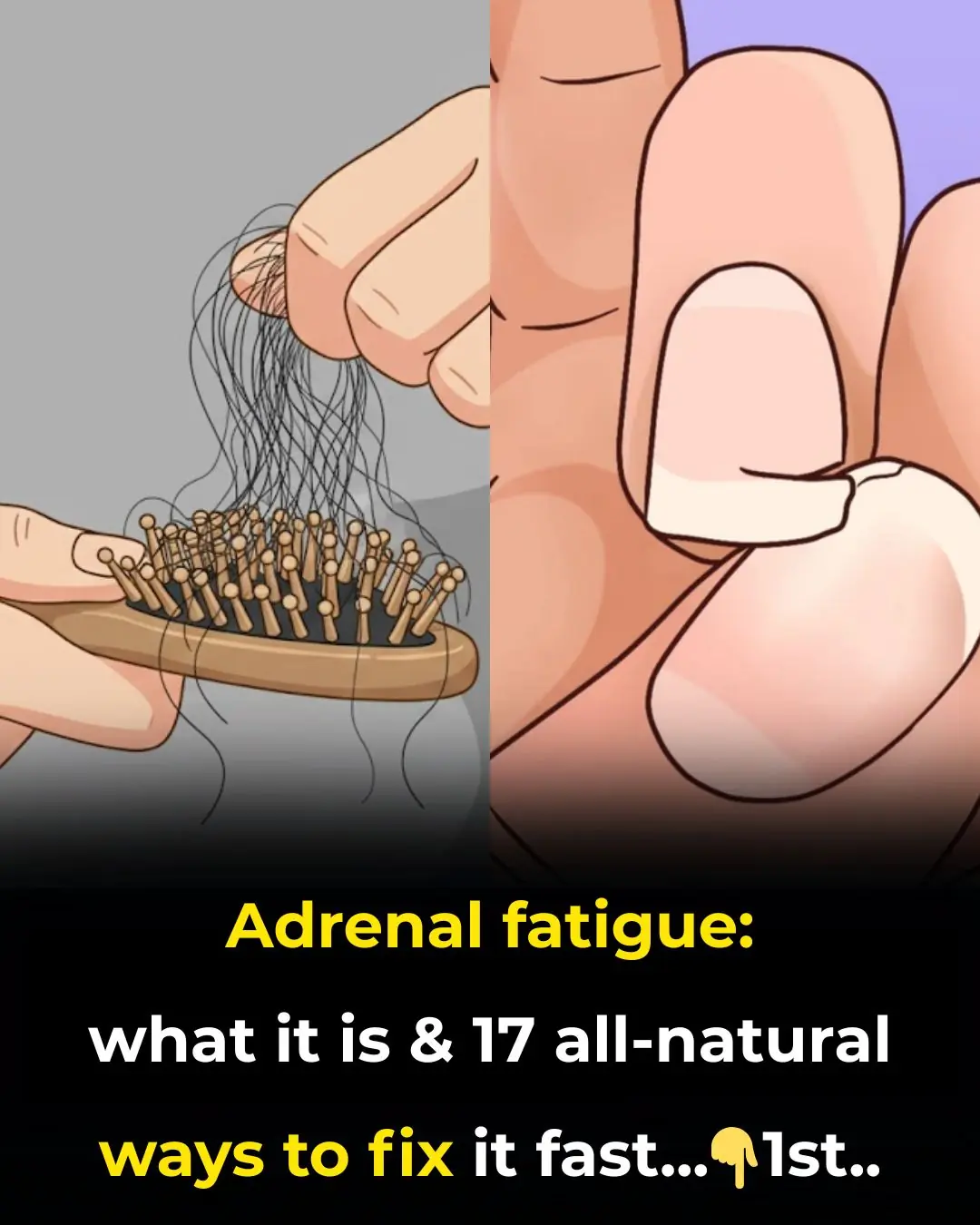
Adrenal fatigue: what it is and 17 all-natural ways to fix it fast

Colon Cleansing With Kefir and Flaxseed Meal

Apple extract kills colon cancer cells better than chemotherapy drug

12 surprising foods that help dissolve blood clots naturally
News Post
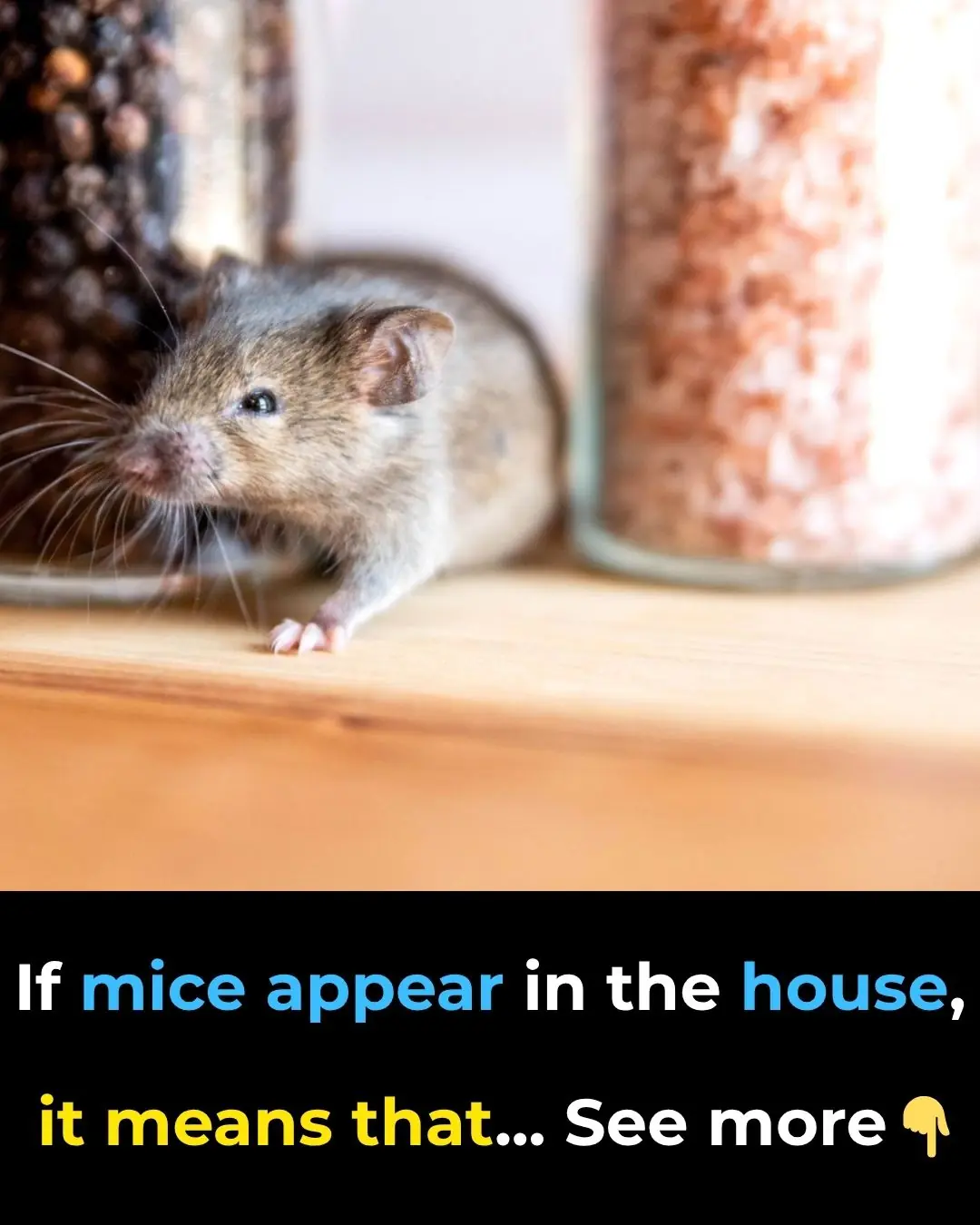
If mice appear in the house, it means that...

7 Common Health Issues That Keep Appearing Could Be Early Warning Signs of Cancer
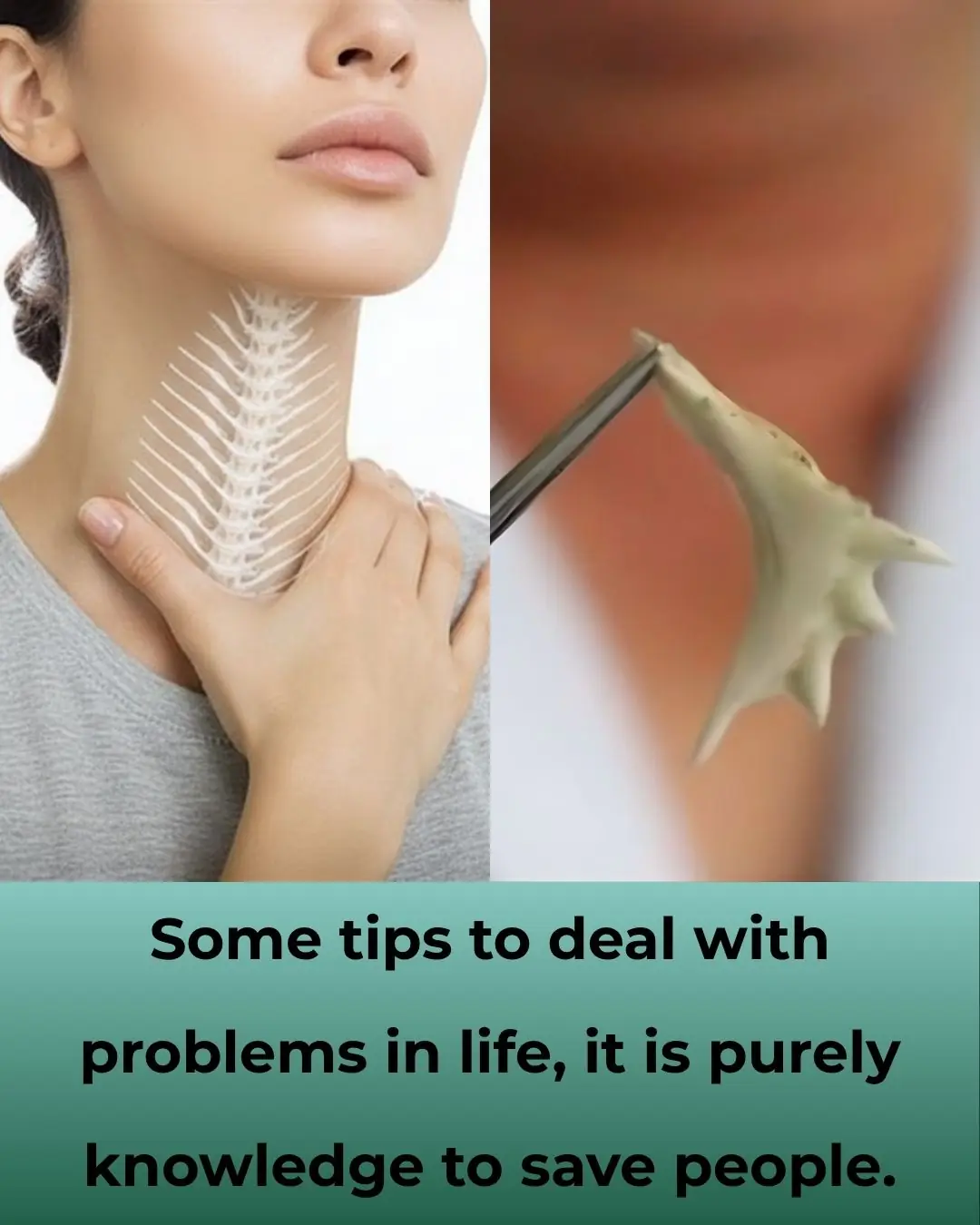
Small Life Hacks That Can Be Life-Saving
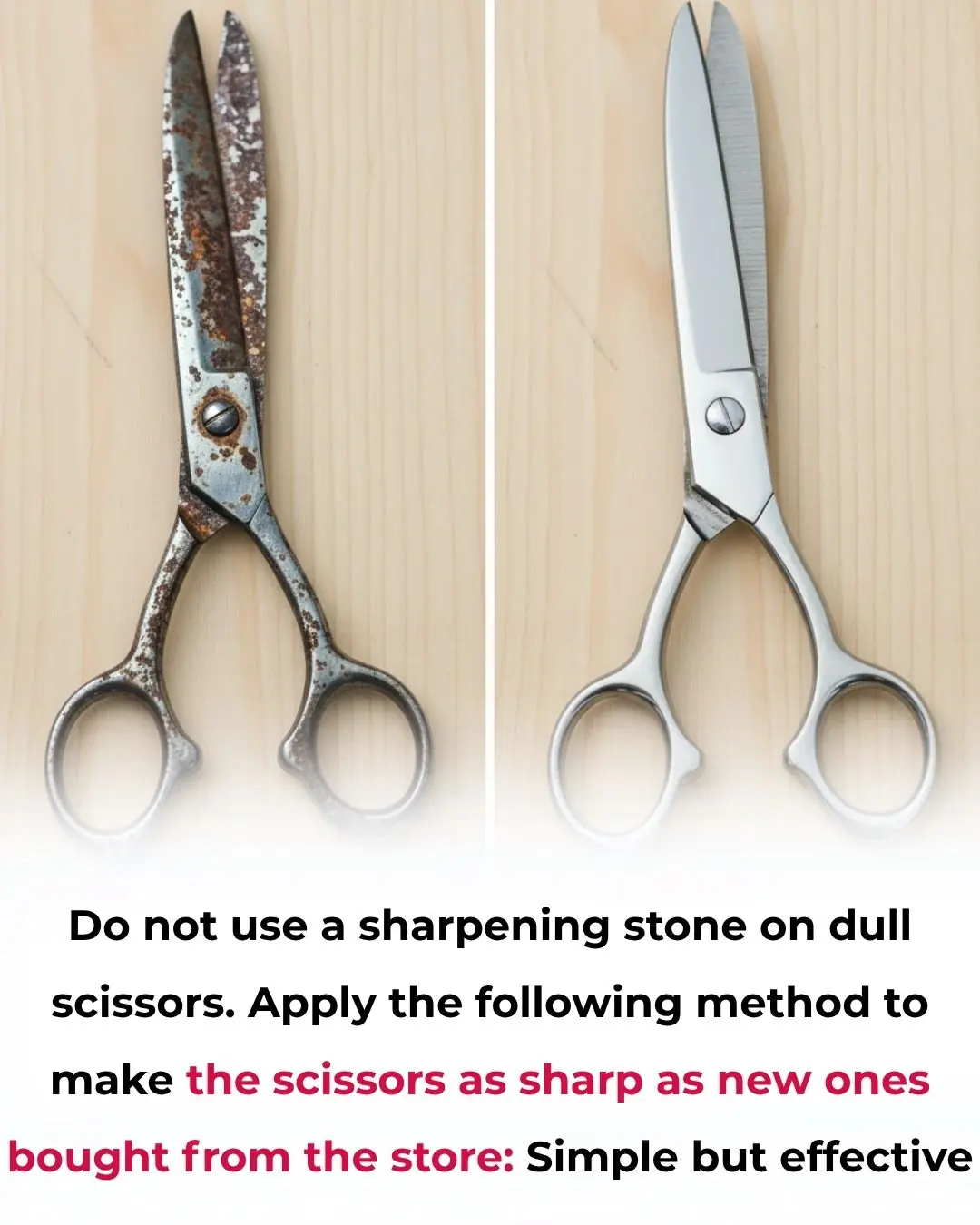
How to Sharpen Dull Scissors Without a Sharpening Stone: Simple and Effective Method

The Best Scientifically Proven Foods to Cleanse Your Liver

Flush the toxins silently damaging your kidneys — with these 13 powerful cleansing foods

The Best Natural Gout Treatments: Remove Uric Acid Crystallization To Prevent Gout And Joint Pain

4 things your hands could be telling you about the health of your kidneys

The Secret to Caring for Your Aging Skin – Gentle, Effective & Realistic
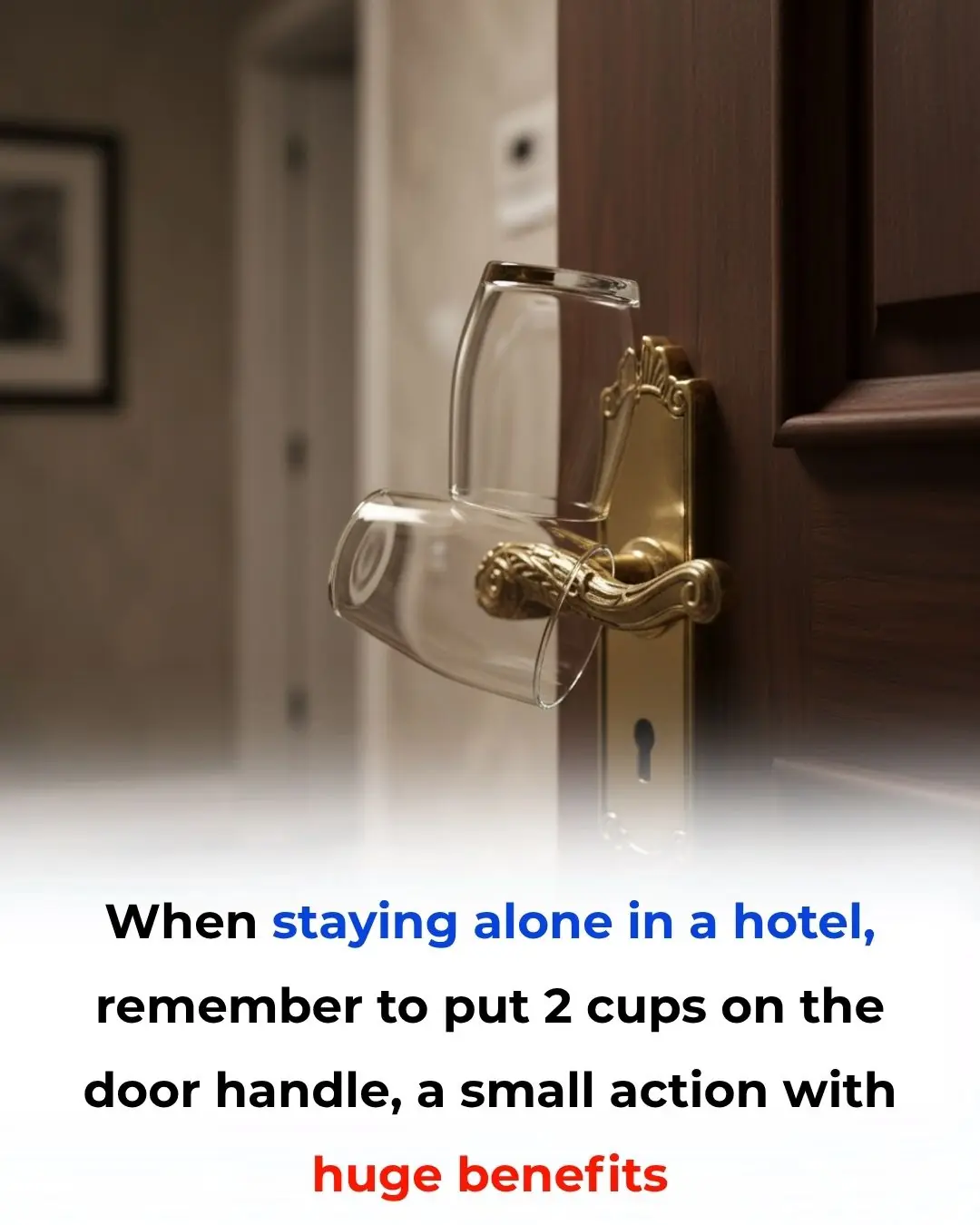
When Staying Alone in a Hotel: Place Two Cups on the Door Handle – A Small Action with Big Benefits

15 Things You Should Never Do to Protect Yourself from Lightning During Thunderstorms

12 Amazing Benefits of Drinking Baking Soda Water Daily

5 Deficiencies Almost Everyone Has (And Doesn’t Know About)

Osteoporosis Is Scurvy of the Bone, Not Calcium Deficiency

This olive oil fasting trick resets insulin resistance — and triggers deep cellular cleanup
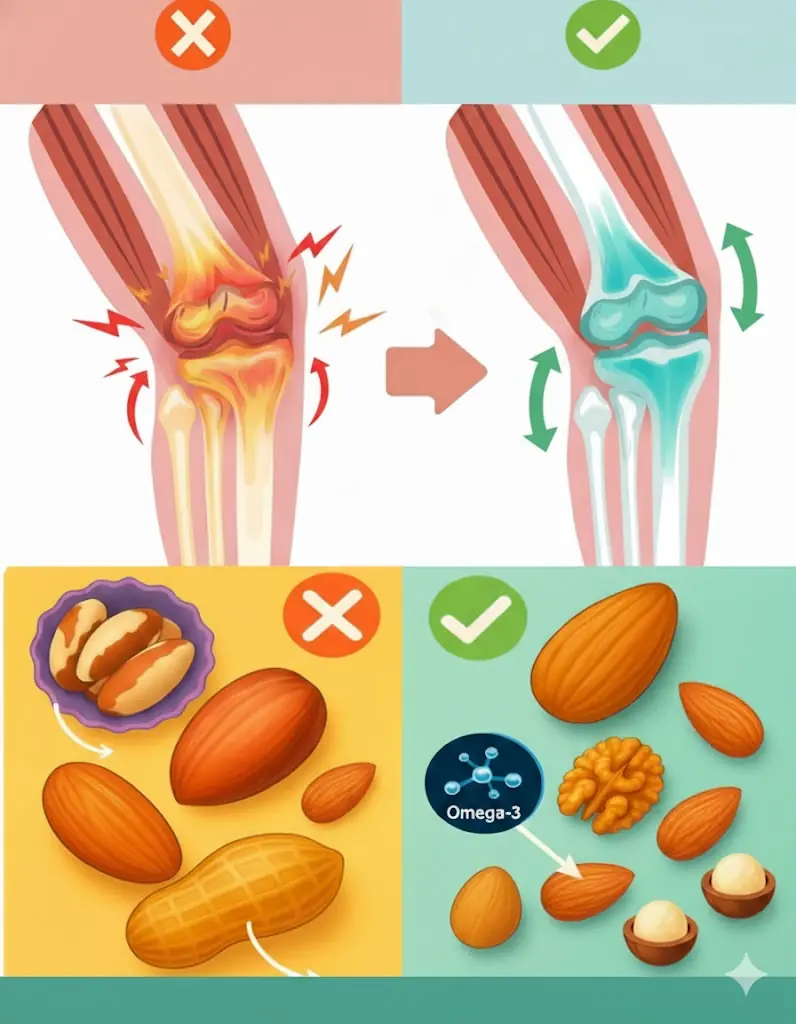
The Ultimate Nut Guide for Seniors: 4 Healthy Choices and 4 to Skip

The Man Who Walks for Dogs: Edgardo Perros’ 8,500-Mile Mission of Compassion
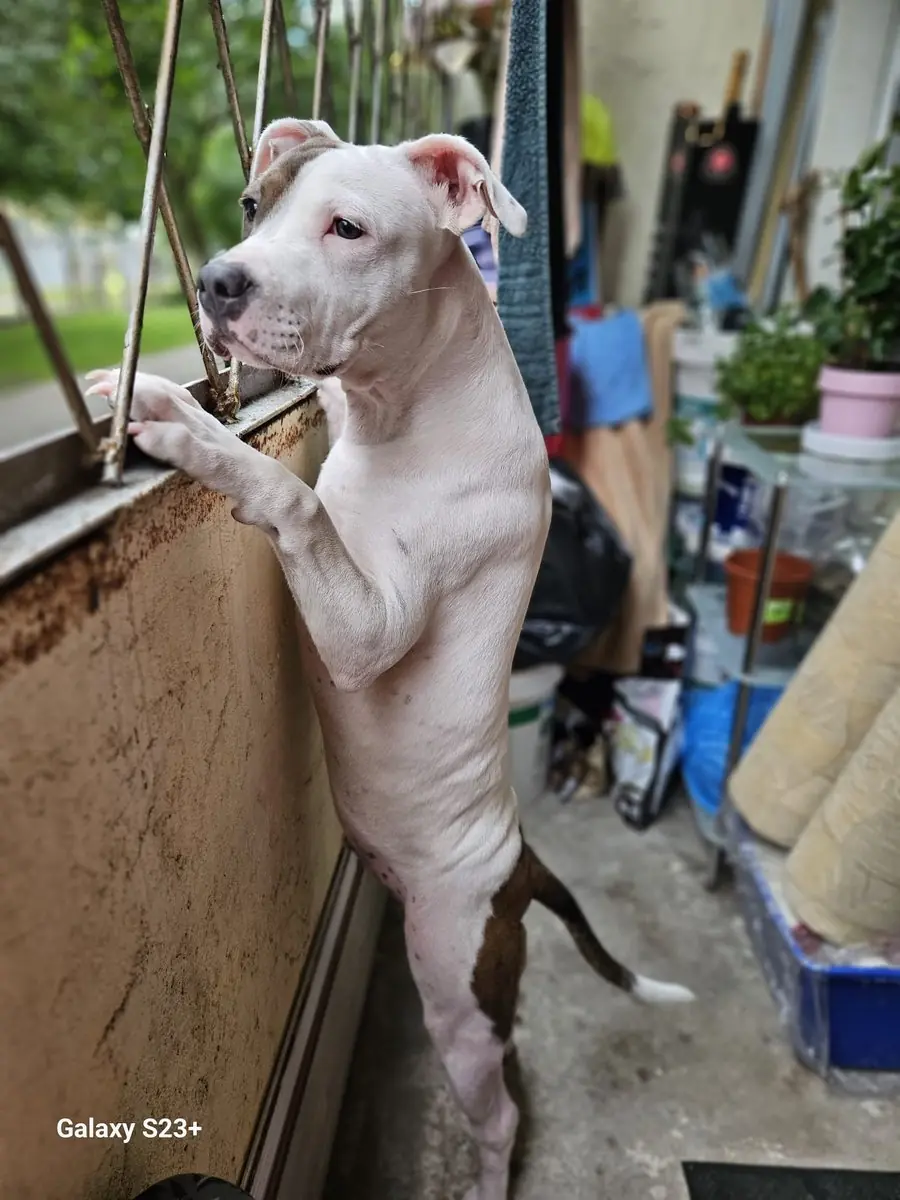
The Dog Who Went Out and Never Came Back the Same

To cook any kind of fish, just add a handful of these leaves: the fish will lose all its fishy smell and the meat will be rich and firm.
